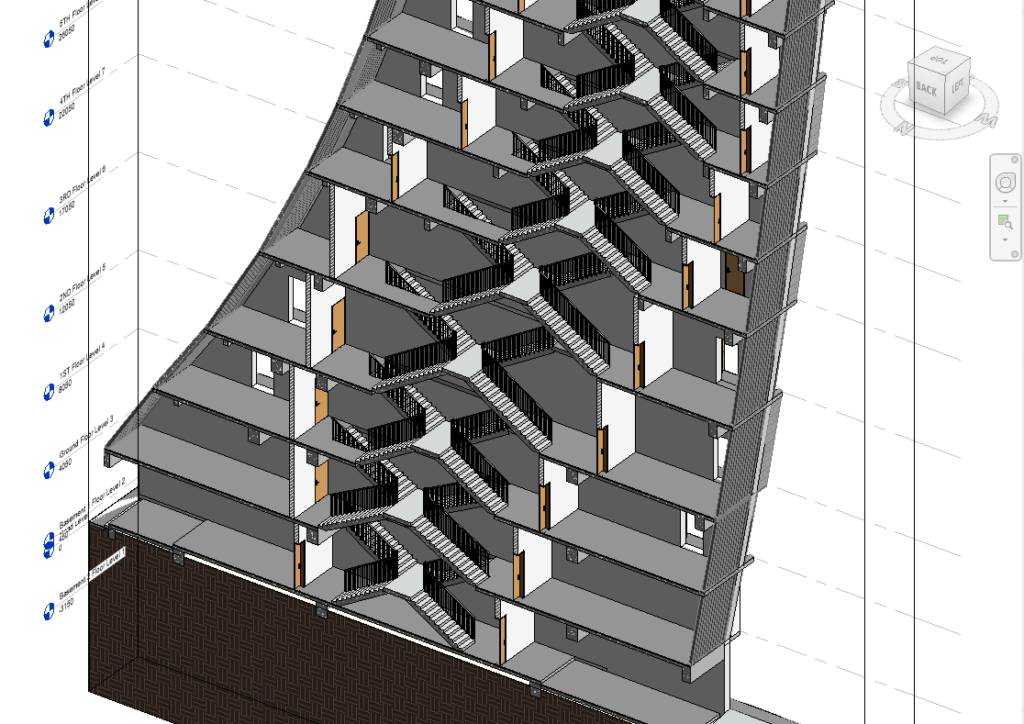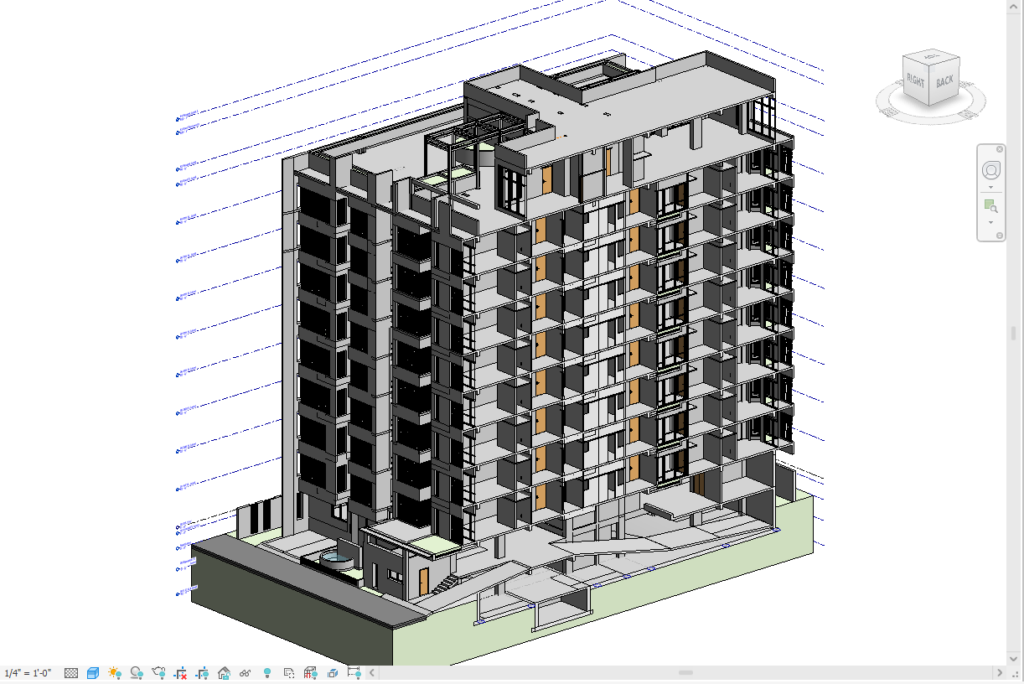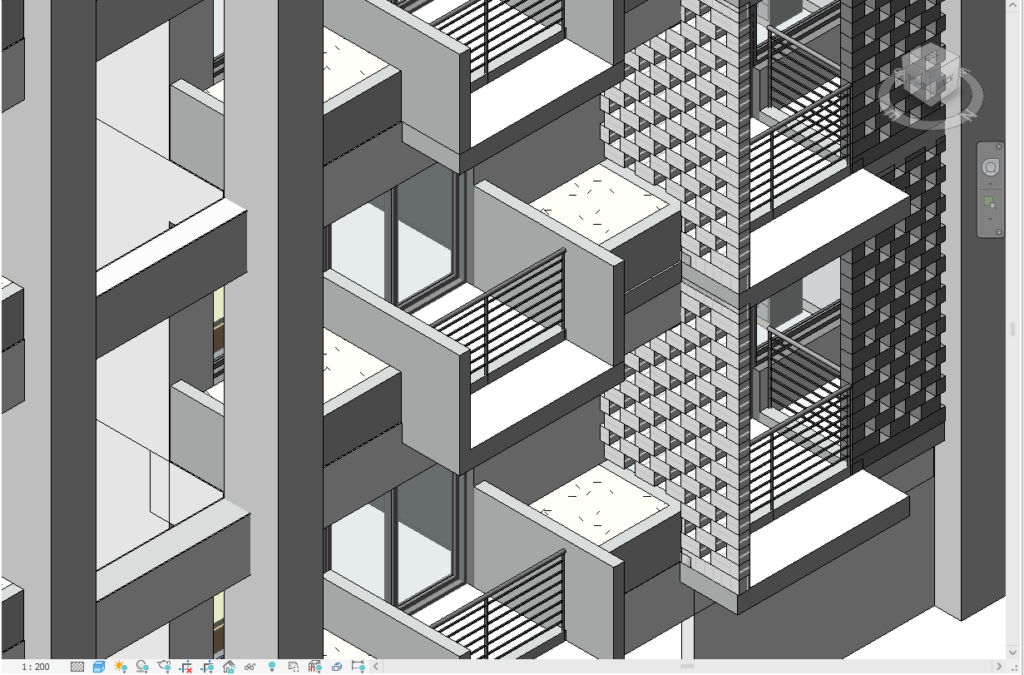“Unlock advanced tips for using Revit efficiently in this comprehensive guide. Learn expert techniques to enhance your workflow and productivity in Revit Architecture.”

What are Advanced Tips for Using Revit Efficiently?
Introduction
Revit Architecture is a powerful tool for architects, engineers, and designers, offering a comprehensive platform for Building Information Modeling (BIM). While mastering the basics is essential, leveraging advanced tips and techniques can significantly enhance your efficiency and productivity. In this article, we’ll explore some expert strategies to help you use Revit more effectively and make your design process smoother.
1. Leverage Keyboard Shortcuts
Using keyboard shortcuts can save you a significant amount of time and streamline your workflow. Customize your shortcuts to match your preferences and frequently used commands. Some essential shortcuts include:
- VV/VG: Visibility/Graphics Overrides
- WT: Tile Windows
- TL: Thin Lines
- EH: Hide Element
- CS: Create Similar
2. Utilize Worksharing and Collaboration Tools
For large projects involving multiple team members, Revit’s worksharing capabilities are invaluable. Use the following tools to enhance collaboration:
- Worksets: Divide your project into manageable worksets to enable multiple users to work on different parts simultaneously.
- Collaborate: Leverage tools like BIM 360 or Revit Cloud Worksharing for real-time collaboration with team members across different locations.
3. Create and Use Revit Families
Efficient use of Revit families can streamline your design process:
- Load Families: Utilize pre-loaded families to save time.
- Create Custom Families: Develop custom families for repetitive elements or unique project requirements.
- Parametric Families: Use parametric families to create flexible and adaptable components.
4. Optimize Views and Templates
Customizing views and templates can improve your workflow and ensure consistency:
- View Templates: Apply view templates to standardize the appearance of different views.
- Filters: Use filters to control the visibility and appearance of elements in your views.
- Duplicate Views: Create variations of views by duplicating them, saving you time and effort.
5. Use Phases and Design Options
Managing complex projects with multiple phases and design options becomes easier with these features:
- Phasing: Utilize phasing to manage different stages of your project, such as existing conditions, demolition, and new construction.
- Design Options: Create and evaluate multiple design options within a single project file.
6. Automate Tasks with Dynamo
Dynamo, a visual programming tool for Revit, can automate repetitive tasks and enhance your workflow:
- Scripts: Develop Dynamo scripts to automate tasks like renaming elements, placing components, or generating complex geometry.
- Libraries: Access pre-built Dynamo scripts from the Dynamo community to save time and effort.
7. Utilize Rendering and Visualization Tools
Enhance your project’s presentation with advanced rendering and visualization tools:
- Revit’s Built-in Renderer: Use Revit’s built-in rendering tools to create realistic visualizations.
- Third-Party Plugins: Integrate with third-party plugins like Enscape, Lumion, or V-Ray for advanced rendering capabilities.
8. Manage Project Standards
Consistency is crucial for large projects. Implementing project standards can help:
- Project Browser Organization: Keep your Project Browser well-organized with structured views, sheets, and schedules.
- Naming Conventions: Establish and adhere to naming conventions for views, sheets, families, and parameters.
- Standards Templates: Use standards templates to ensure consistency across multiple projects.
9. Optimize Performance
Large Revit projects can be resource-intensive. Here are some tips to optimize performance:
- Purge Unused Elements: Regularly purge unused elements to keep the project file size manageable.
- Auditing: Conduct regular audits of your Revit model to identify and fix issues.
- Worksharing Monitor: Use the Worksharing Monitor to track system performance and user activities.
10. Stay Updated and Learn Continuously
Revit is continuously evolving, so staying updated is essential:
- Software Updates: Keep your software updated to benefit from the latest features and improvements.
- Webinars and Workshops: Attend webinars, workshops, and industry conferences to stay informed about new trends and techniques.
- Community Engagement: Engage with the Revit community through forums, social media groups, and user groups to learn from others and share your knowledge.
Conclusion
By incorporating these advanced tips into your Revit workflow, you can enhance your efficiency, productivity, and overall design process. Embrace continuous learning and stay updated with the latest features to ensure you’re always at the top of your game. With these strategies, you’ll be well-equipped to tackle even the most complex Revit projects with ease.


